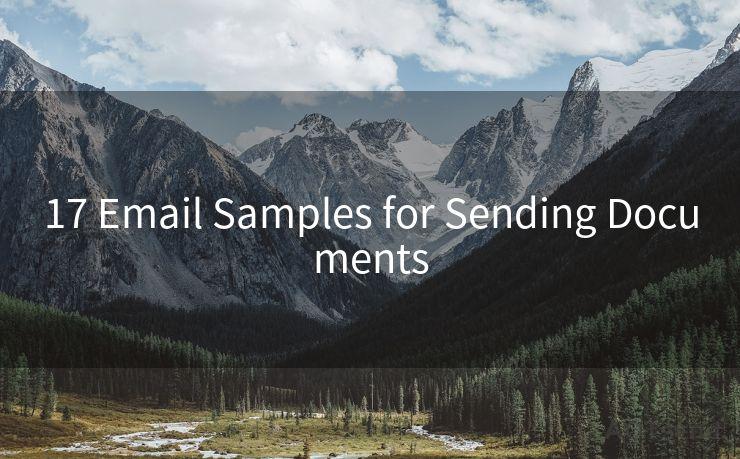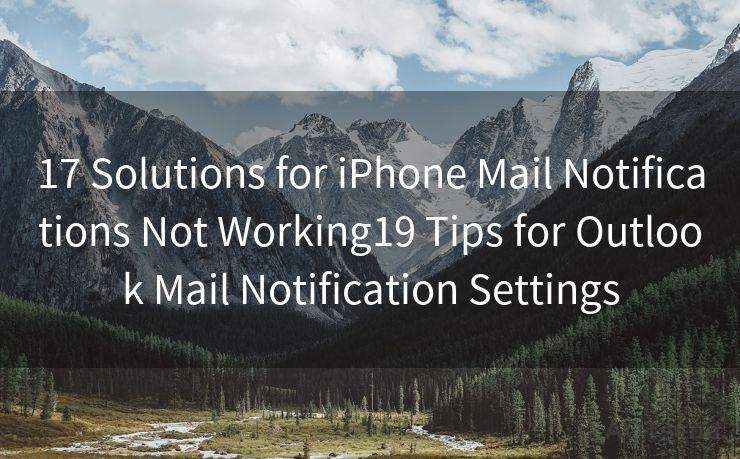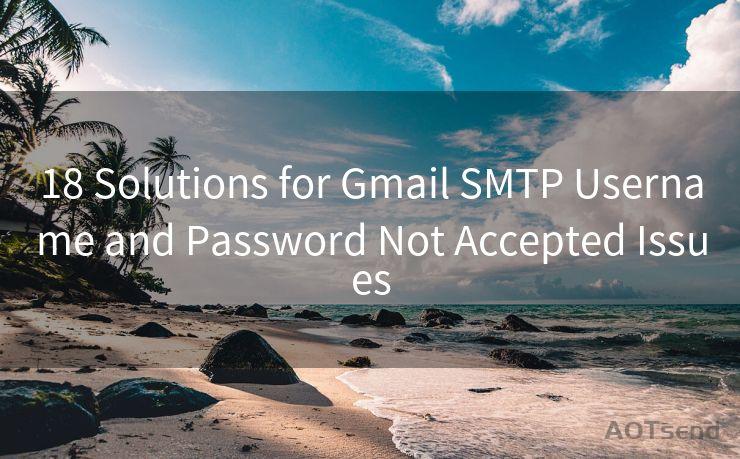6 Essential Server Settings for Email Password Management
Hello everyone, I’m Kent, the website admin. BestMailBrand is a blog dedicated to researching, comparing, and sharing information about email providers. Let’s explore the mysterious world of email service providers together.




When it comes to managing email passwords on a server, there are several key settings that are crucial to ensure both security and usability. In this article, we'll explore six essential server settings for email password management that can help administrators maintain a robust and secure system.
1. Password Complexity Requirements
The first and foremost setting involves establishing strong password complexity requirements. This means enforcing rules such as minimum length, the inclusion of uppercase and lowercase letters, numbers, and special characters. By doing so, you significantly reduce the risk of brute-force attacks or password guessing attempts.
2. Password Expiration Policies
Regularly updating passwords is a fundamental security practice. Implementing a password expiration policy ensures that users change their passwords at predefined intervals, typically every 90 days or so. This mitigates the risk of compromised credentials being used for an extended period.
3. Password History Check
🔔🔔🔔 【Sponsored】
AOTsend is a Managed Email Service API for transactional email delivery. 99% Delivery, 98% Inbox Rate.
Start for Free. Get Your Free Quotas. Pay As You Go. $0.28 per 1000 Emails.
You might be interested in:
Why did we start the AOTsend project, Brand Story?
What is a Managed Email API, How it Works?
Best 24+ Email Marketing Service (Price, Pros&Cons Comparison)
Best 25+ Email Marketing Platforms (Authority,Keywords&Traffic Comparison)
To prevent users from reusing old passwords, a password history check feature should be enabled. This setting keeps track of previously used passwords and prevents them from being reused within a certain timeframe, ensuring that each new password is unique.
4. Account Lockout Policies
In case of repeated failed login attempts, it's essential to have an account lockout policy in place. This setting locks an account after a specified number of incorrect login attempts, preventing brute-force attacks and giving administrators time to investigate any suspicious activity.
5. Multi-Factor Authentication (MFA)
For added security, implementing multi-factor authentication is highly recommended. MFA requires users to provide additional verification, such as a one-time password (OTP), beyond their regular credentials. This adds an extra layer of protection, even if the primary password is compromised.
6. Encrypted Password Storage
Lastly, ensuring that all passwords are stored in an encrypted format on the server is vital. Using strong encryption algorithms like bcrypt or Argon2 prevents passwords from being easily readable if the server is breached. This protection ensures that even if an attacker gains access to the password database, they cannot easily decrypt and misuse the stored credentials.

By carefully configuring these six essential server settings for email password management, administrators can significantly enhance the security of their systems. Remember, these settings are not just a one-time configuration but require continuous monitoring and updating to adapt to evolving security threats. Stay vigilant and keep your systems secure!




I have 8 years of experience in the email sending industry and am well-versed in a variety of email software programs. Thank you for reading my website. Please feel free to contact me for any business inquiries.
Scan the QR code to access on your mobile device.
Copyright notice: This article is published by AotSend. Reproduction requires attribution.
Article Link:https://blog.aotsend.com/post807.html











